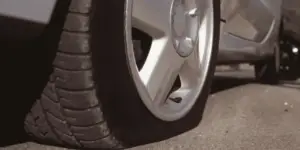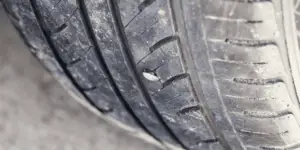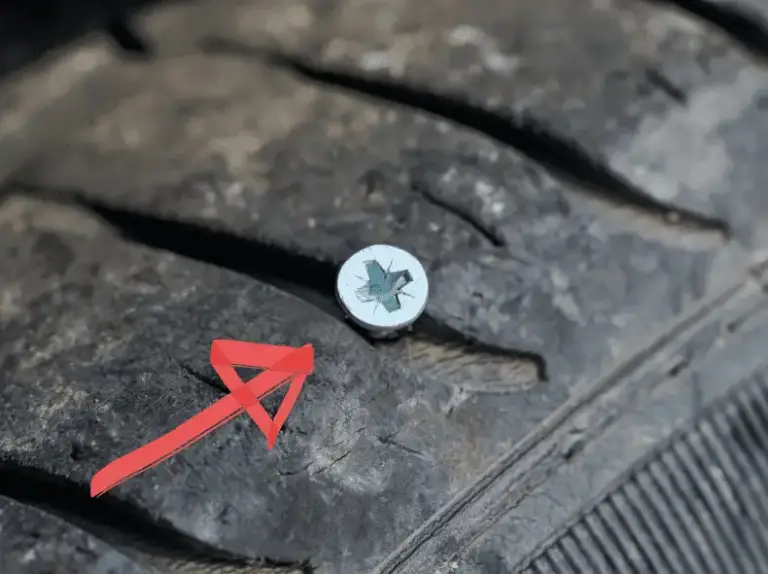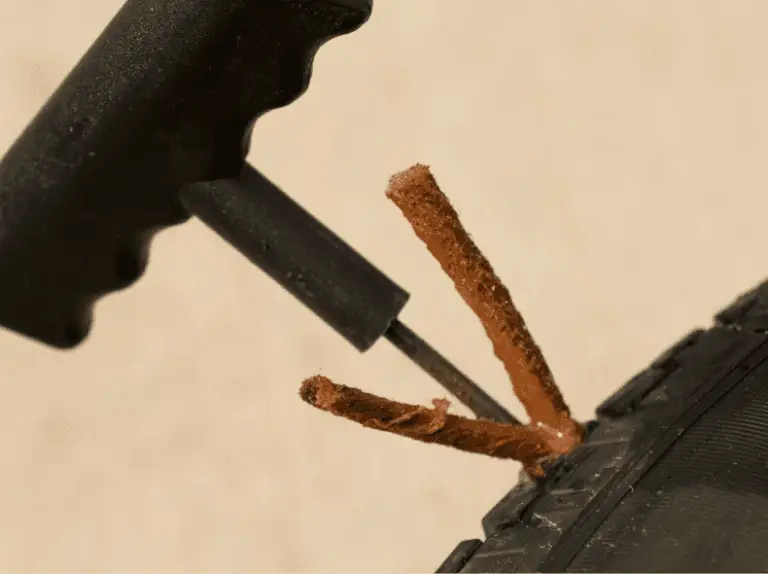Is it safe to plug a tire twice? Most people plug their tires once when they get a flat and then assume it’s okay to do the same thing again if they get another nail in their tire.
But is this really safe to do?
What are the safety risks of plugging tires twice?
Replugging a tire is a good way to save a bit of money and get your car back on the road, but it’s not as simple as just plugging a second hole. There are some risks you should be aware of before doing so.
Plugging tires is only meant for temporary repairs, so if you do it more than once, it may weaken the tire’s structure. You should think hard about replacing the tire instead.

With a replugged tire, consider the safety implications if you hit another pothole while driving. It might lead to poor handling, a bad tire balance, or a steering wheel shake. If this happens while you’re on the highway at night and visibility is low, it could lead to an accident.
Another risk of plugging tires is that they don’t always seal properly and continue leaking anyway.
You might think everything will be fine once a hole has been plugged—but this isn’t always true. This means replugging will be needed again after only a short period of time.
Is it legal to plug tires twice?
Plugging and replugging tires can be a safety hazard for drivers. The National Highway Traffic Safety Administration (NHTSA) states that tires can be repaired on the inner tread area of a tire but not on the outer tread area or sidewall.
They also state that “Tires must be removed from the rim to be properly inspected before being plugged and patched.”
NHTSA
Most tire shops will only repair a hole in the middle 70% of the tread to ensure they always comply with any law ambiguity. Many won’t consider plugging a tire for a second time just in case the tire fails, and lawsuits ensue.
The best way to avoid any safety concerns is not to repair the tire yourself and have a professional tire repair shop inspect your tires to make sure. They’ll plug the hole if they deem they can be safely repaired. If not, they’ll replace the tire for you.
You should always have a tire plug fitted by a tire shop.
Plugging your own tires is a great way to save money, but it comes with some risks.
If you do not know what you are doing, you could damage the tire and end up with a flat in the middle of nowhere.
You should always have your tire replugged tire by a tire shop. However, many won’t plug a tire for the second time.
This is because they do not want to take on any liability if something goes wrong with the job that they did.
What are some alternatives to plugging a tire again?
Plugging a tire is a quick, simple way to fix a flat, but it’s not the only option. Here are some alternatives to consider:
1. Replace the Tire
A second hole may mean it might be best to replace it if you’re traveling on a long trip and are worried about getting another flat. How old is the tire? Is the tread wear even? Is it showing signs of dry rot? If so, it’s time to replace the tire rather than patch it again.
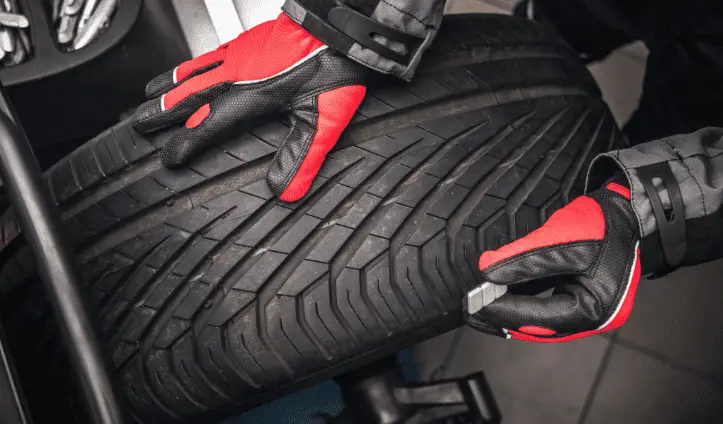
2. Use Tire Sealant
Tire Sealant can be applied directly to a flat tire. This sealant is made of natural latex rubber and works like glue to seal punctures in tires up to 1/8″ wide (the size of most nail holes). It takes about 3 minutes to set completely after application.
Many sealants are not recommended to be used on a second hole. This is a temporary fix at best.
3. Patch the Tire
You’ll have to remove the tire off the rim to be able to patch it. The patch must be fitted on the tire’s inside, so it must be off the rim to gain access.
A tire patch is more durable than a replug but should be used in the center portion of the tread. Not the outside section and never the shoulder/sidewall.
In conclusion
By definition, anything that has been repaired is less durable than an intact item. Although tires, if replugged following the kit supplier guidelines, are generally safe, they cannot be as safe and reliable as a tire that has never been repaired or plugged once.
A second plug could compromise the tire integrity, especially if it is close to the first plug. If you do have to plug a tire twice, it’s important to inspect them regularly.
You should also be aware that while plugs seal small punctures in your tires, they won’t seal bigger holes, and a patch or new tire would be the better option.


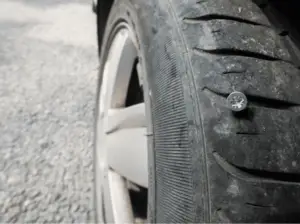
![Can You Plug A Tire Twice [Depends On This] newly-plugged-tire](https://carzaza.com/wp-content/uploads/2023/12/newly-plugged-tire-300x224.png)
